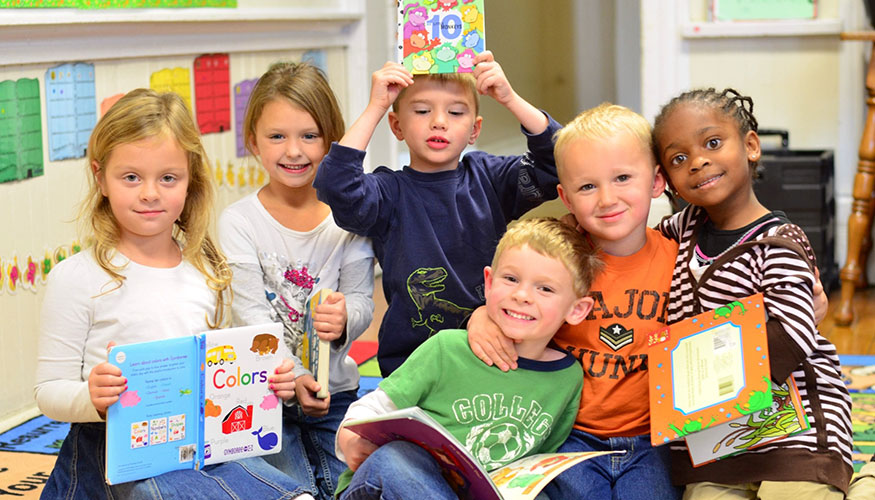After being 10 years in the education industry, I am constantly looking at the change in the education system from the time I studied till the time I have taught, there is one habit in teachers that’s very common – i.e. labelling kids.
“OMG Did you look at that fat kid in grade 5, I don’t know why parents don’t handle her eating habits properly. Hey, did you get to know the new comer in grade 7, his parents got divorced last month. OH OH… My Good God, Please save me. I have to take that naughty 10th Graders for 3 classes today.
“These are the words we normally hear from the teachers quite often. Well I am not offending teachers /parents through my write up, nor do I blame anyone but we as individuals need to understand where to draw a line. So we see kids are labelled as being smart, intelligent to even being duffer / nuisance for class. We all are already aware as to what Hyper-Activity in kids is. But classifying kids in categories is absolutely not expected from a teacher. In India, ‘Guru’ (teacher) is considered as the God of Knowledge and we must remember that we as teachers can get respect only when we teach each individual equally just like God treats humans. So this is how it goes in case of Hyper Activity too. Please don’t label kids as sufferers of ADHD (Attention Deficit Hyperactivity Disorder). It’s not necessary that every kid who is hyper-active has ADHD.
Hyperactivity is constantly being active in ways that aren’t appropriate for the time or setting. It’s the constant part that makes the big difference. While taking few sessions with teachers at MINDYNAMICS, I have observed that if a kid is hyperactive once or twice, the teacher doesn’t think much about it. On discussing this topic with teachers from all over India, we have been able to bring down few activities that kids might do:
1. Run and shout while playing, even if they are indoors.
2. Standing up in the middle of class and walk around while the teacher talks.
3. Move so fast that they bump into people / things.
4. Play too roughly and accidently hurt other kids / themselves.
Hyperactivity can look different in different cases and it might differ from child to child. Let’s see why these kids are more in numbers today. Well in earlier time a lot of physical activities were involved from getting up to travelling for school walking or cycling. Playing also involved a lot of physical energy in kids. But now the time has changed and we are sitting more often than standing and walking.
WHAT CAN HELP WITH HYPERACTIVITY?
We need to look for patterns in the child’s behavior, example – time of being hyperactive, surroundings, what kind of activities he does when being hyperactive etc. Knowing this can help both the parents and teachers to help the child regulate his activities. For example: You must have seen some extremely intelligent students jumping to give out the answers as soon as you put a question to them. While it’s a good response but it might affect the other children in class. So even this can be termed as being Hyperactive in behavior. As parents, your child’s teacher can be a great source to collect information about his behavior in class. What we need to do as parents and teachers is really very simple, add plenty of activities to your kid’s schedule. Let it be a mix of physical, mental, rhythmic or something else. It helps kids use their abundant amount of energy into something productive. Example: Ask children to sing a song together before starting the class or introduce the class to some puzzle totally out of the topic that you are going to teach. You can even end with a puzzle to keep the class engaged in what you are teaching. So teachers can use a lot of activities with kids. Even parents can channelize kid’s energy into physical activities like dance, football, swimming, cycling etc and some metal activities as well like solving puzzles, some reading time etc. This can help to divide the energy without harming anything else.
What more can help to keep calm the energy level of kids? Do share your views in comment section.
